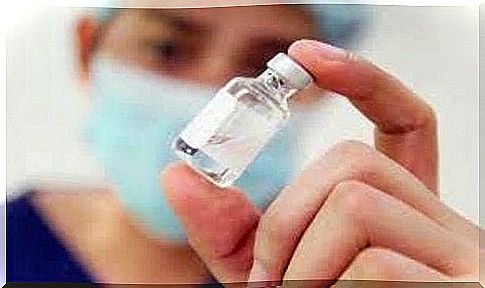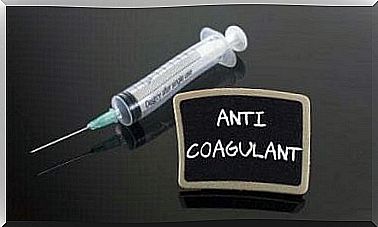Coronavirus Vaccine: How Long Will It Take?

“Coronavirus vaccine has been found”… We often read similar news, which ends up being quickly denied. In principle, these are titles that are intended to attract attention and that omit the extreme complexity of this process, in exchange for that little bit of hope to instill in the world population.
The sad reality is that vaccine development is expensive and, more importantly, slow. As much as laboratories around the world are joining forces and as giants as the Bill Gates Foundation have moved seas and mountains in terms of resources, there is still a long way to go for this titanic undertaking.
So how long will it take to find a Coronavirus vaccine? To date, there is no precise answer. In the meantime, we take the opportunity to give you some information on vaccines in general and, above all, on the complex process that requires their development.
Vaccines: fighting the enemy
A vaccine is a preparation that aims to generate immunity against a pathogen by stimulating the production of antibodies. The doctor typically injects a solution with weakened or dead forms of the microbe we want to fight.
This agent stimulates the immune system, which is able to recognize, destroy and above all remember the threat in case of future exposure to it. Our immune system will know how to react to future invasions in front of the recognized enemy, thus avoiding an infection.
For this reason, fever is not a problem for the global population: if we are vaccinated, we have nothing to worry about.
Development of a Coronavirus vaccine: the first steps
Vaccine development is a long and complex process often taking up to 3 years and involving the combined participation of public and private organizations.
Don’t worry: the development of the coronavirus vaccine is the top priority, and it is estimated that it will be ready in 12/18 months. Yet the road is uphill. We talk about it below.
1. Exploration phase
This phase supposes all the primary steps to be performed in the laboratory. The first, more complex than it may seem, is to isolate the virus outside the patient’s body and leave it on a culture medium. In the case of Sars-CoV-2, this step was successfully accomplished a month after its discovery.
Once isolated, modifications can be made to the virus, in order to weaken it or isolate its toxins, thus turning it into a probable vaccine. This first phase in normal conditions can last from 2 to 4 months.
2. Preclinical phase
At this stage the weakened and isolated agent is injected into isolated animal tissues or live animals (such as laboratory mice) to see if a reaction is produced by the body’s immune system.
It is never performed on humans, as the risk of an infection is very high. Many vaccines fail to go beyond this stage, as they do not stimulate the body’s desirable response. Once the first exploratory analyzes have been described, and if it works on animals, the human experimentation phase begins.

Clinical studies on humans
Here begins the complicated part and, undoubtedly, the one that most determines the proper preparation of the vaccine.
- STEP I: A small group of adults, typically between the ages of 20 and 80, will be given the dead or debilitated infectious agent. The objectives in this first phase are to evaluate the safety of the possible vaccine and to determine the type and success of the physiological response.
- PHASE II : the experimental group increases, involving several hundred people. People at risk of the disease can participate in this phase.
- PHASE III: Tens of thousands of people are vaccinated. Some uncommon side effects may not be evident in smaller groups. It will have happened to everyone to read the contraindications of many vaccines: “in 1 case out of 1000 people it produces intense headache”, for example. Although the percentage is very low, it needs to be highlighted.

Coronavirus vaccine: when will it take to get it?
Most countries are still in the preclinical phase. At the present time, in fact, it is essential to continue testing vaccines on animals to verify their effectiveness. Nonetheless, since the end of March China has moved on to Phase I of experimentation with humans.
This is good news, but it must be made clear that the monitoring of vaccinated volunteers will be 6 months. Subsequently, we will proceed by expanding the sample of people in question, we will wait for some time and, finally, we will begin to produce the vaccine in massive doses.
We will have to live with the Coronavirus for some time, it is a sad reality. But we live with many other diseases for which there is no vaccine. The most important thing is to narrow down the group of infected people and once the pandemic is curbed, the worst will be over.









